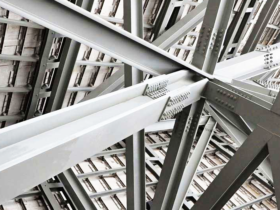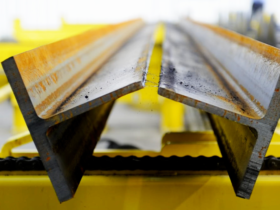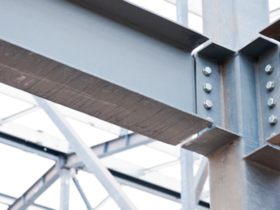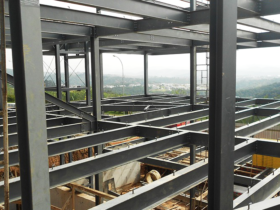These channelled beams have a U-shaped design with right-angled corners, comparable to a staple. They are available in a variety of sizes, but the two sides are always the same length and parallel to each other. They also have a high strength-to-weight ratio and can be used in the same way that angled sections can.
- enquiry@primegoldgroup.com
- 5/2 punjabi Bagh Extension, New Delhi
- 011-47760000






